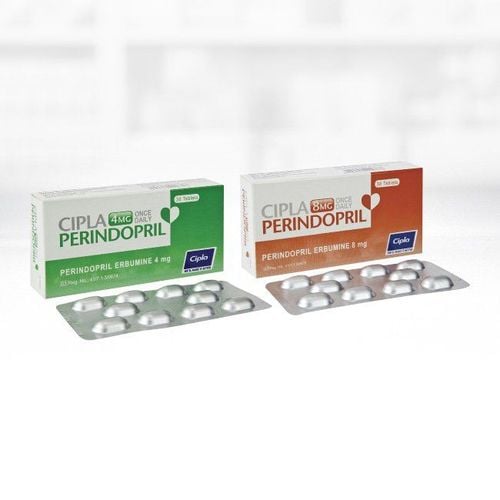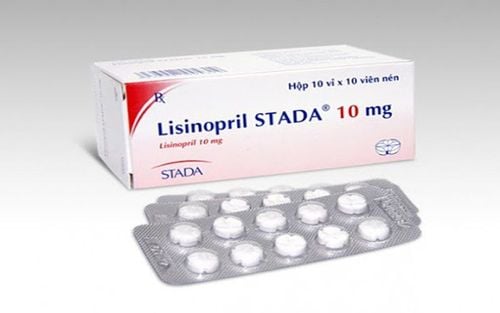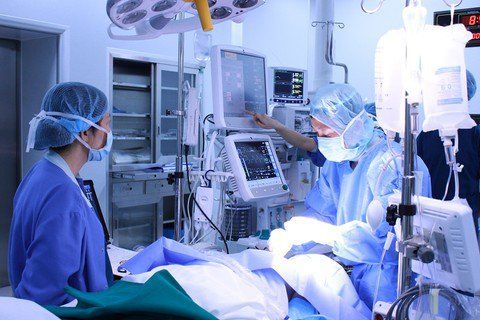This is an automatically translated article.
Congenital ventricular septal defect is one of the most common heart defects. If the stoma is small and does not cause symptoms, the patient is usually monitored for health and does not need treatment. In more severe cases, the doctor may prescribe a ventricular septal defect.
1. Overview of ventricular septal defect
Ventricular septal defect is a type of congenital anomaly, in which the interventricular septum (the septum between the 2 lower chambers of the heart - 2 ventricles) is not closed. Ventricular septal defects can occur anywhere on the septum. According to the US National Institutes of Health, ventricular septal defect is one of the most common congenital heart diseases.
The most common cause of ventricular septal defect is a congenital heart defect. Another rare cause is trauma to the chest area by a blunt object (eg, from an accident).
In terms of symptoms, in some cases, ventricular septal defect does not cause any symptoms. If the stoma is small, there are no specific symptoms. Symptoms usually include: Shortness of breath, rapid breathing, pale skin, frequent respiratory infections, cyanosis of the skin (especially in the nails and around the lips). Congenital ventricular septal defect also often makes it difficult for the baby to gain weight, or sweat when feeding.
There are 2 types of ventricular septal defect:
Small septal defect, which can close the septum without treatment, does not cause long-term health effects. The septum does not close on its own, requiring surgical intervention to patch the septal defect.

Nếu lỗ thông liên thất không tự đóng, cần can thiệp vá thông liên thất bằng phẫu thuật
2. What is ventricular septal defect?
Congenital heart ventricular septal defect is it dangerous? The level of danger depends on the condition of the vent. If the stoma is small and does not cause symptoms, the doctor may advise the patient to wait and watch because the deformity can correct itself. The doctor will closely monitor the patient's health to make sure the disease improves. In more severe cases, surgery is indicated to treat the lesion.
With open heart surgery, the doctor will anesthetize the patient, place a heart-lung machine, make an incision in the chest, and then find and patch the ventricular septal defect. With cardiac catheterization, the doctor inserts a small tube from a blood vessel in the patient's thigh and threaded it to the heart to patch the ventricular septal defect. Other surgical methods can use a combination of these two procedures.
If the stoma is large, the patient may need medication such as digoxin and diuretics to control symptoms before surgery.
3. When is the ventricular septal defect indicated?
Most ventricular septal defects can close on their own within the first year of life (older adults can also close on their own). If it is not completely closed, the vent size will also shrink itself. Therefore, except for special cases requiring early surgery, patients should wait 1 year before surgery. However, do not leave the hole too large to avoid irreversible damage, so it is best to have surgery for children of pre-school age.
3.1 Cases needing early patching of ventricular septal defect Large hole ventricular septal defect causes heart failure, ineffective when medical treatment Large ventricular septal defect prevents the child from developing Large septal defect, the child develops normally, If the stoma does not close, surgery is performed when the child is 4-6 months old. 3.2 In case it is necessary to wait for an older child to patch the ventricular septal defect Moderate ventricular septal defect: Surgery when the child is slow to gain weight or does not gain weight, shows signs of progressive dilatation or left ventricular failure. Qs from 1.5 to 2. 3.3 Other indications Ventricular septal defect causes aortic regurgitation, commonly seen in funnel location Right ventricular outflow tract narrowing, left ventricular outflow tract infection infective endocarditis Valsalva sinus aneurysm, progressive or impaired left ventricular dilatation. left ventricular dysfunction Severe pulmonary hypertension ventricular septal defect, pulmonary resistance (PVR) is preserved: PVR <8 Wood units. PRV (or pulmonary artery pressure) < 2⁄3 systemic pressure, Qp:Qs > 1.5:1.

Tốt nhất là nên phẫu thuật vá thông liên thất cho trẻ ở độ tuổi trước đi học.
4. Contraindications for ventricular septal patching
Fixed pulmonary artery pressure ventricular septal defect: PVR > 8 Wood units even with pulmonary vasodilation maneuvers Small hole ventricular septal defect does not cause left ventricular dilatation, is not located below the great artery, does not cause ventricular septal defect. Pulmonary hypertension and no history of endocarditis: Periodic health monitoring is possible. Ventricular septal patch surgery has a high success rate and is effective in the long run. Recovery time will depend on the size of the hole, the patient's health and cardiovascular problems.
Currently, Cardiovascular Center - Vinmec International General Hospital is one of the leading spearhead centers, with a full team of experts including: Professor, Doctor, Specialist Doctor 2, Master. He is an experienced doctor with great reputation in the field of medical treatment, surgery, interventional cardiac catheterization and application of advanced techniques in the diagnosis and treatment of cardiovascular diseases.
In particular, the Center has modern equipment, on par with the most prestigious hospitals in the world. This is also the first private hospital and the second hospital in Vietnam to successfully implement the HVAD ventricular-assisted artificial heart transplant technique. Performed 18 transcatheter aortic valve replacement - One of the most complex cardiovascular intervention techniques in the world today within more than 1 year; performed the first MitraClip case and hundreds of aortic and coronary interventions, including complicated and difficult-to-access cases.













